It has secured backing from the European Space Agency birminghampost.
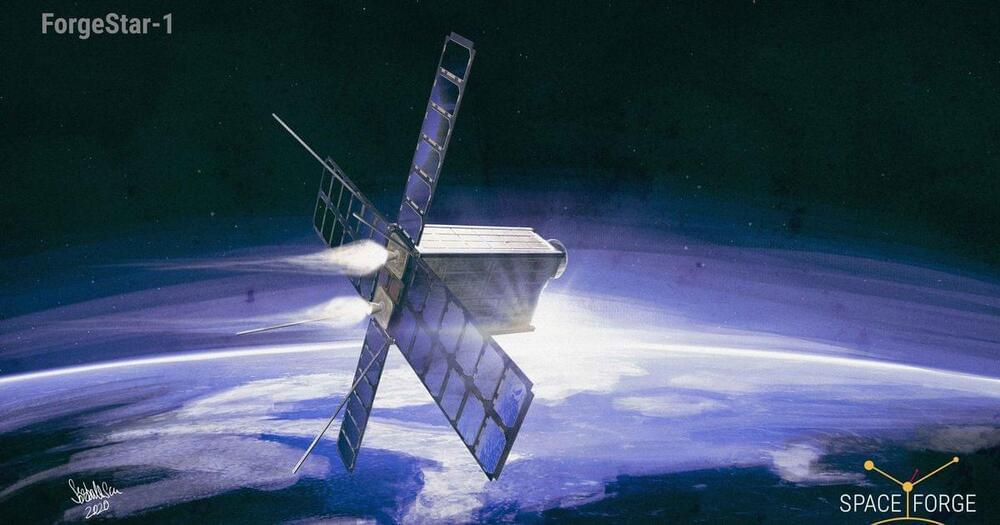

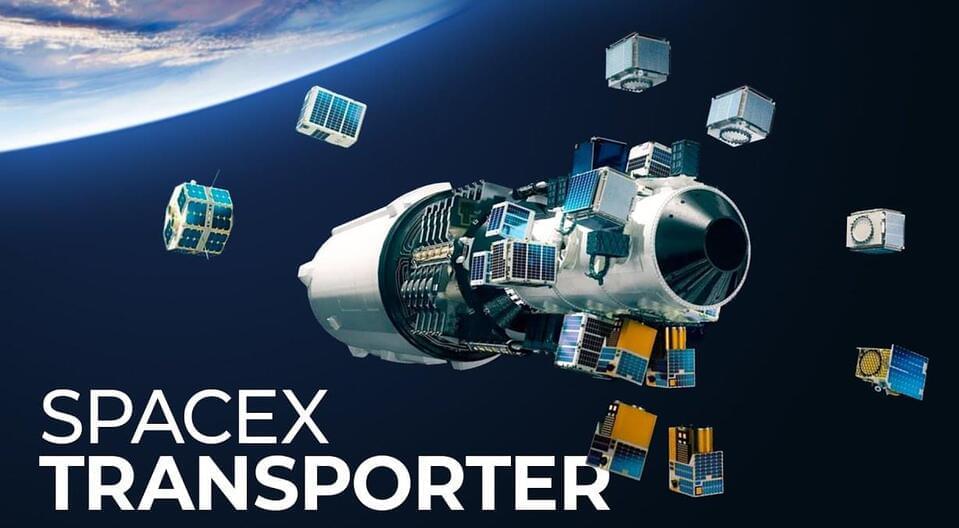

A Chinese Kuaizhou 1A (KZ-1A) rocket lifted off from the Jiuquan Satellite Launch Center in Inner Mongolia at 06:19 UTC on September 27 lofting a new high-resolution remote sensing satellite into orbit.
The rocket lifted off from Site 95 at Jiuquan, marking the 14th flight of a KZ-1 series rocket. This was also the first KZ-1 launch since the Jilin-1 Gaofen-02C launch in September 2,020 which ended in failure and the loss of its payload.
China’s KZ-1A rocket is manufactured by the ExPace Technology Corporation, an aerospace company owned by the Chinese government, based out of Wuhan in China’s Hubei province. The rocket is capable of delivering payloads of up to 200 kg into a Sun-Synchronous Orbit, and therefore is mainly marketed as a small satellite launch vehicle.
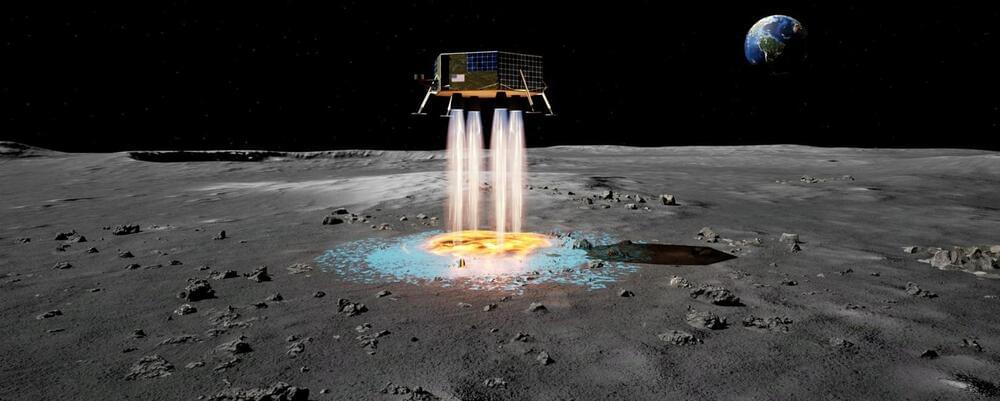
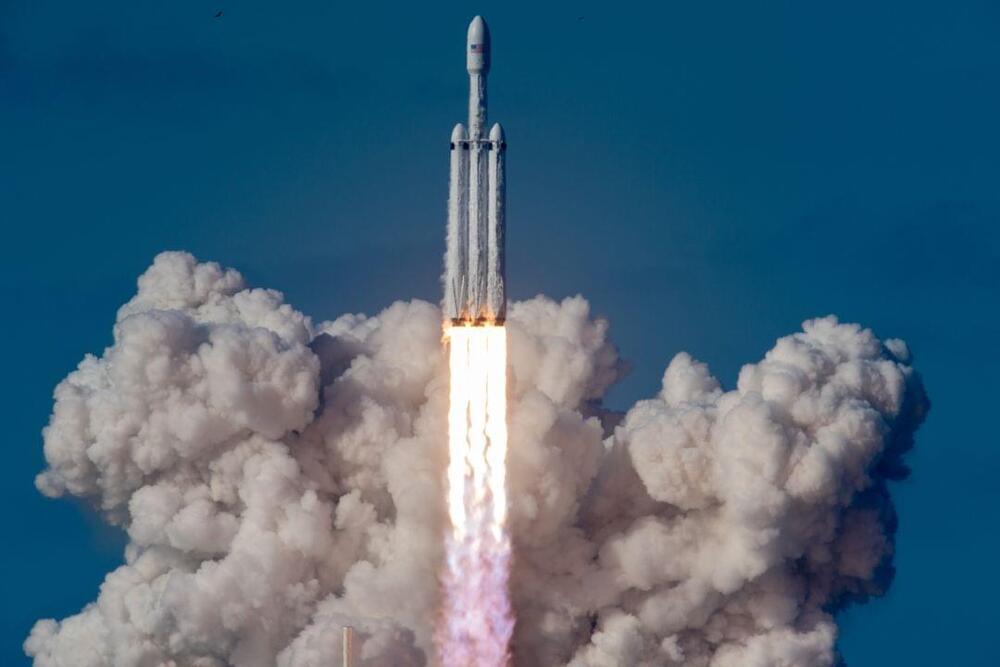

WASHINGTON — Northrop Grumman today has two Mission Extension Vehicles in orbit providing station-keeping services for two Intelsat geostationary satellites that were running low on fuel.
The company meanwhile is preparing to launch a new servicing vehicle equipped with a robotic arm that will install propulsion jet packs on dying satellites.
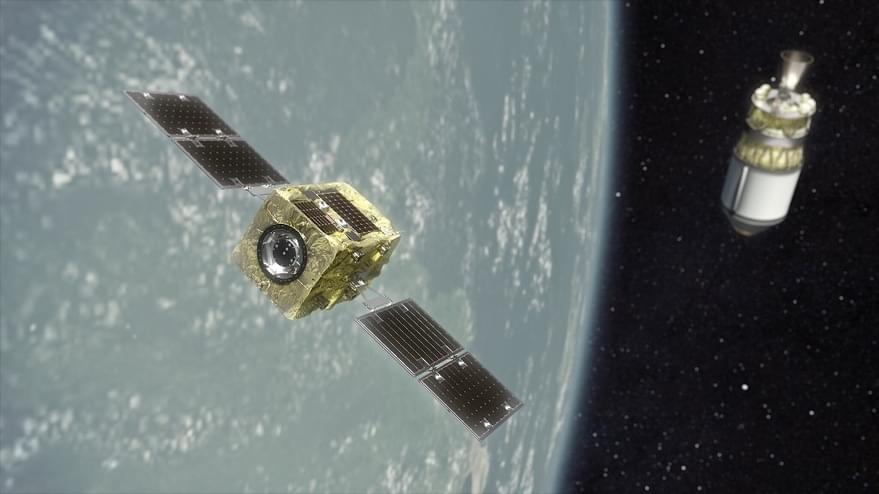
WASHINGTON — Rocket Lab will launch an Astroscale mission to rendezvous with a spent rocket stage in low Earth orbit, a prelude to eventually deorbiting the stage.
Rocket Lab announced Sept. 21 that it won a contract from Astroscale for the launch of its Active Debris Removal by Astroscale-Japan (ADRAS-J) spacecraft. A Rocket Lab Electron will launch ADRAS-J from its Launch Complex 1 in New Zealand in 2023.
ADRAS-J will rendezvous with and inspect an upper stage left in orbit by a Japanese launch. The Japanese space agency JAXA awarded Tokyo-based Astroscale a contract in 2020 for the mission as part of its two-phase Commercial Removal of Debris Demonstration project. The second phase, which will involve an attempt to deorbit the upper stage, has not yet been competed by JAXA.
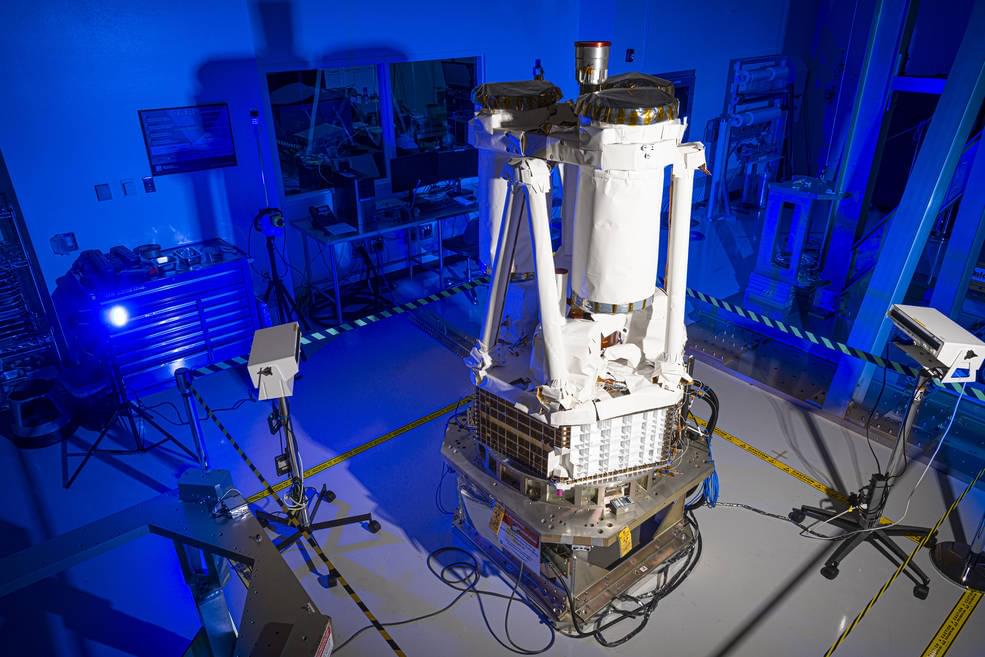
The launch of the Imaging X-Ray Polarimetry Explorer (IXPE) observatory is now targeting December 13 2021, onboard a SpaceX Falcon 9 rocket from the Kennedy Space Center in Florida. The IXPE X-Ray observatory is the latest spacecraft in NASA’s historic Small Explorers (SMEX) program.
The IXPE mission was first selected as a part of the Explorers program in January 2017. NASA awarded the IXPE team $188 million for the spacecraft and mission, including the cost of the launch vehicle, post-launch operations, and data analysis. The spacecraft will be used to study Black Holes and other cosmic X-ray mysteries.
Built by Ball Aerospace at facilities in Boulder, Colorado, the IXPE spacecraft is based on the Ball Configurable Platform (BCP)-100 satellite bus. The BCP-100 is one of Ball Aerospace’s offerings for a modular satellite bus for low-Earth orbit (LEO) operations. It was most recently used by NASA’s Green Propellant Infusion Mission (GPIM) to test a new type of Green propellant for space operations.
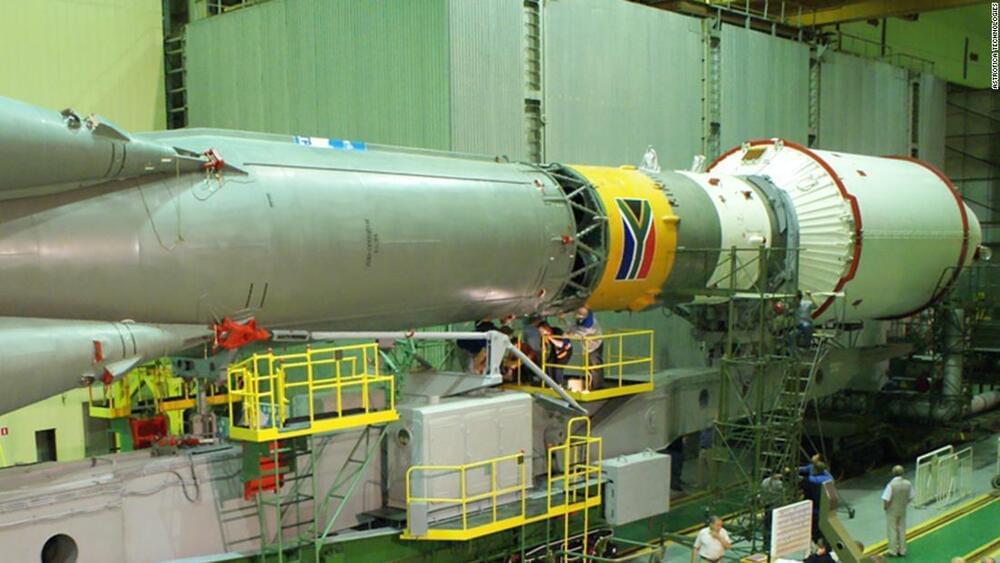
Africa’s space industry has been slow to take off, but it’s predicted to skyrocket in the next few years.
Since the continent’s first satellite launched more than 20 years ago, 44 have been sent into orbit by 13 African countries, according to consultancy Space in Africa. It says a further 125 are being developed by 23 countries, all expected to launch before 2025.
The payoff could be substantial. A 2021 report by the World Economic Forum estimates that data collected from space could unlock $2 billion a year in benefits for Africa.